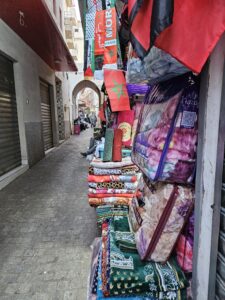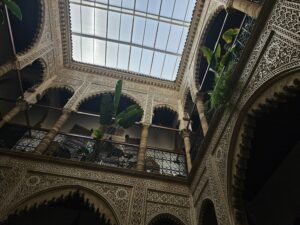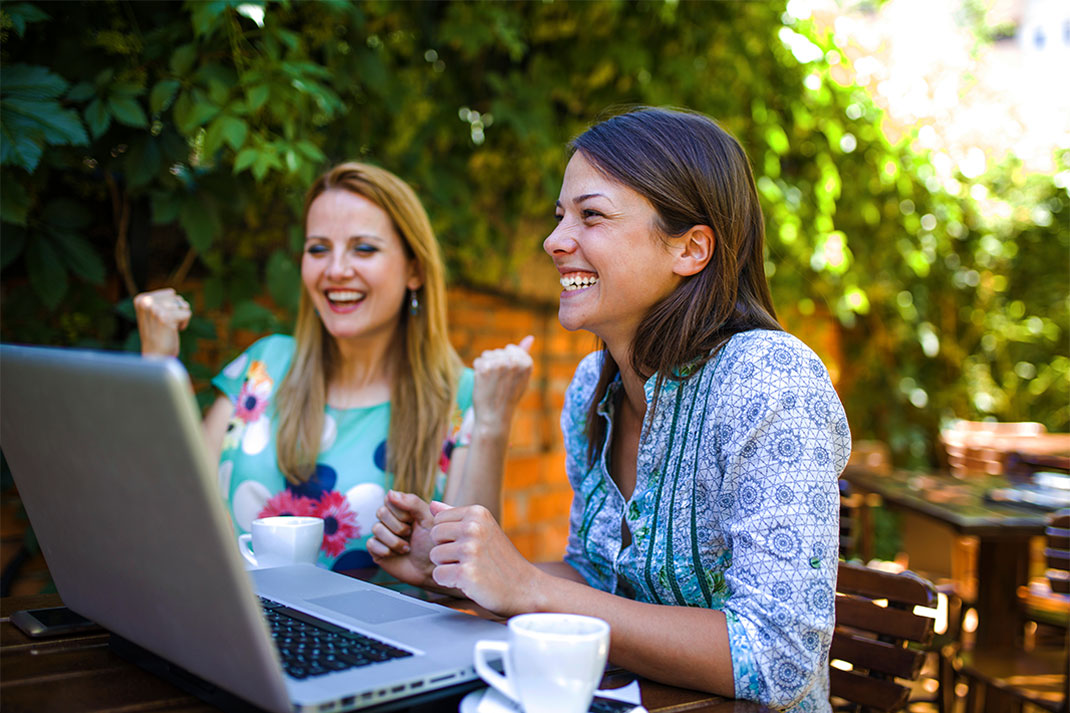Rabat (1): The land of the setting sun
May 2, 2024
by Scott JIAXIN
Have you ever seen a Moroccan Medina before?
I haven’t before going to Morocco. And you should definitely visit one. When we arrived in a riad, a traditional moroccan house which is designed towards the interior (there are no windows towards the exterior and there is a huge court in the middle), we could feel the ambiance that was just outside the riad: the bustling streets, the loud vendors, the beautiful alleyways and arcs, the call to prayer, the djellaba worn by old moroccan men.

Just a few hundred kilometres away up north, they speak a romance language and they eat smoked pork and red wine. Here, it is arabic, tajine, and mint tea. It has always boggled me how simply across a stretch of sea things could change so much: only 3 hours from the steely sky of Paris is Rabat, a city right smack in the mediterranean, where everything seems to be so different.
Away from the concrete jungle that was Paris gave me a respite of fresh air. The stray cats that approached you, the red flags with a green cross in the middle which dot every nook and cranny, the smell of cooked habricha that I will not have enough of later. The first day was a whirlwind of experiences, and we had a Moroccan dinner with Harira soup, a specialty that would be eaten during Ramadan. While I did enjoy it, the tajine stole the show. The softly cooked chicken leg tore apart with the lightest touch of the fork, and the tangy and salty combination soon became a staple in my diet. The “sweet and salty” combination is, apparently, the trademark of Moroccan cuisine.
The medina in Rabat, while not as ancient as other ones in Fez or Marrakech, already had plenty of things to show. With our guide Khaoula, we wandered in the labyrinthian passages until we saw an opening which led directly to the seaboard. It was magical seeing little fishing boats sway on the bouregreg river and the sea breeze blowing from the other side, where humongous waves crashed into the soft golden beaches that are dotted with the sounds of football.

There was a very antique feel to Rabat. Even though it is the administrative capital, a lot of its buildings were colonial vestiges, so there is this real juxtaposition between modernity and tradition. More importantly were the local customs that seemed to take us back in time: there were shoe polishers everywhere, groups of finely-dressed men gathered around to smoke and drink tea in coffee shops, and the creaky elevators that took 15 seconds to open and close.
It was almost my first time in an Islamic country in this part of the world. So, I was pleasantly surprised during the call of prayer, which is this unison of loudspeakers essentially playing the same verses of the Koran. People would start going to mosques, and some shops would be closed. It was magical watching this sort of religious unity in a country, and that really attests to the influence of Islam, which was also part of our syllabus in our courses in Rabat. Everything reflected this influence: from the absence of figures in architecture, the choice of meat in the cuisine, and the behaviour of people. I quickly learned to appreciate the meaning of Salaam alaykoum, or peace be with you in Arabic. I thought that it was a beautiful way to salute, and ever since then I have been using it – instead of bonjour – in Morocco.
But the true beauty of Morocco also lies in its deserts, its mountains, and the ancient cities where time seems to stand still. And that I will talk about it in the next blog.





